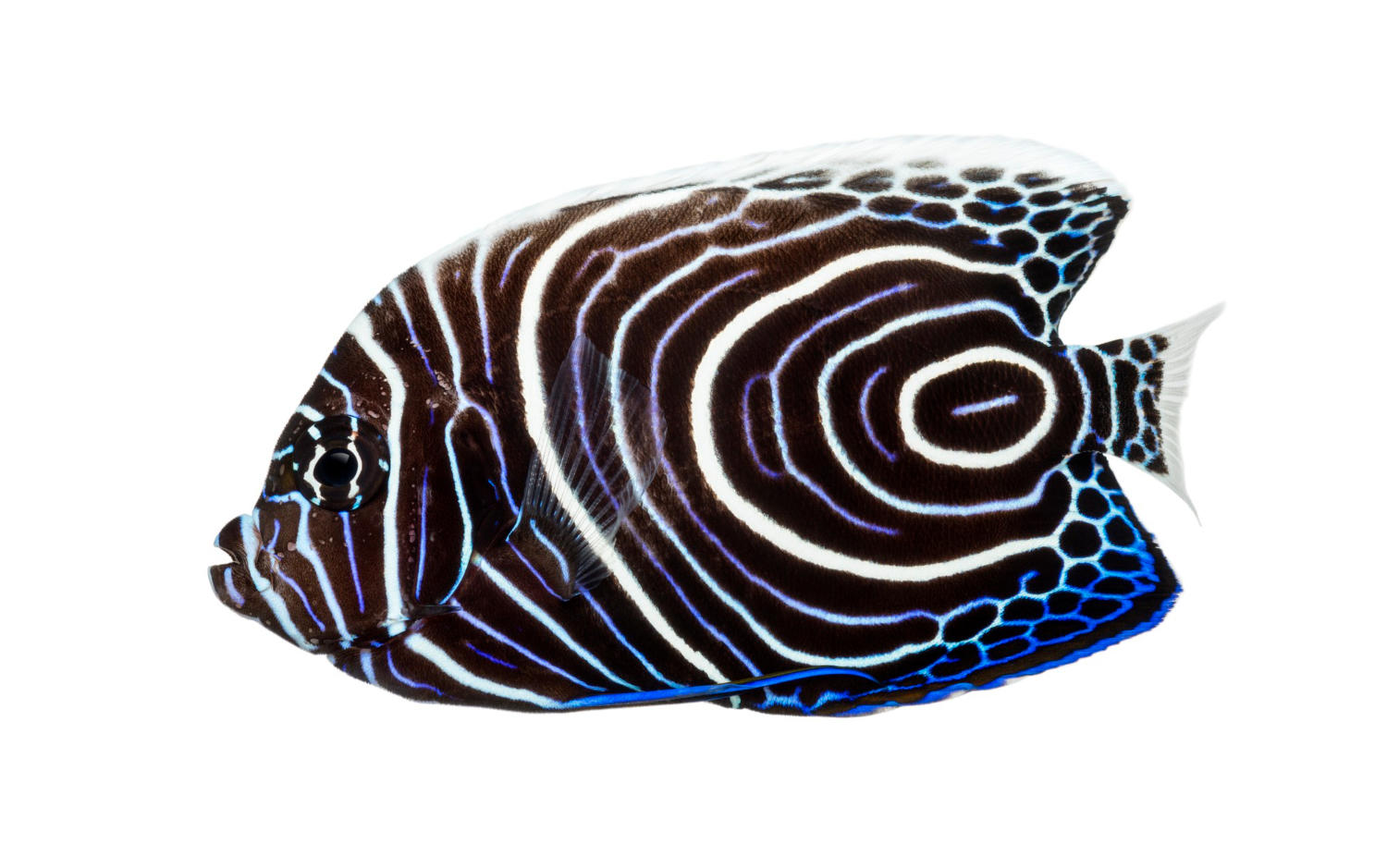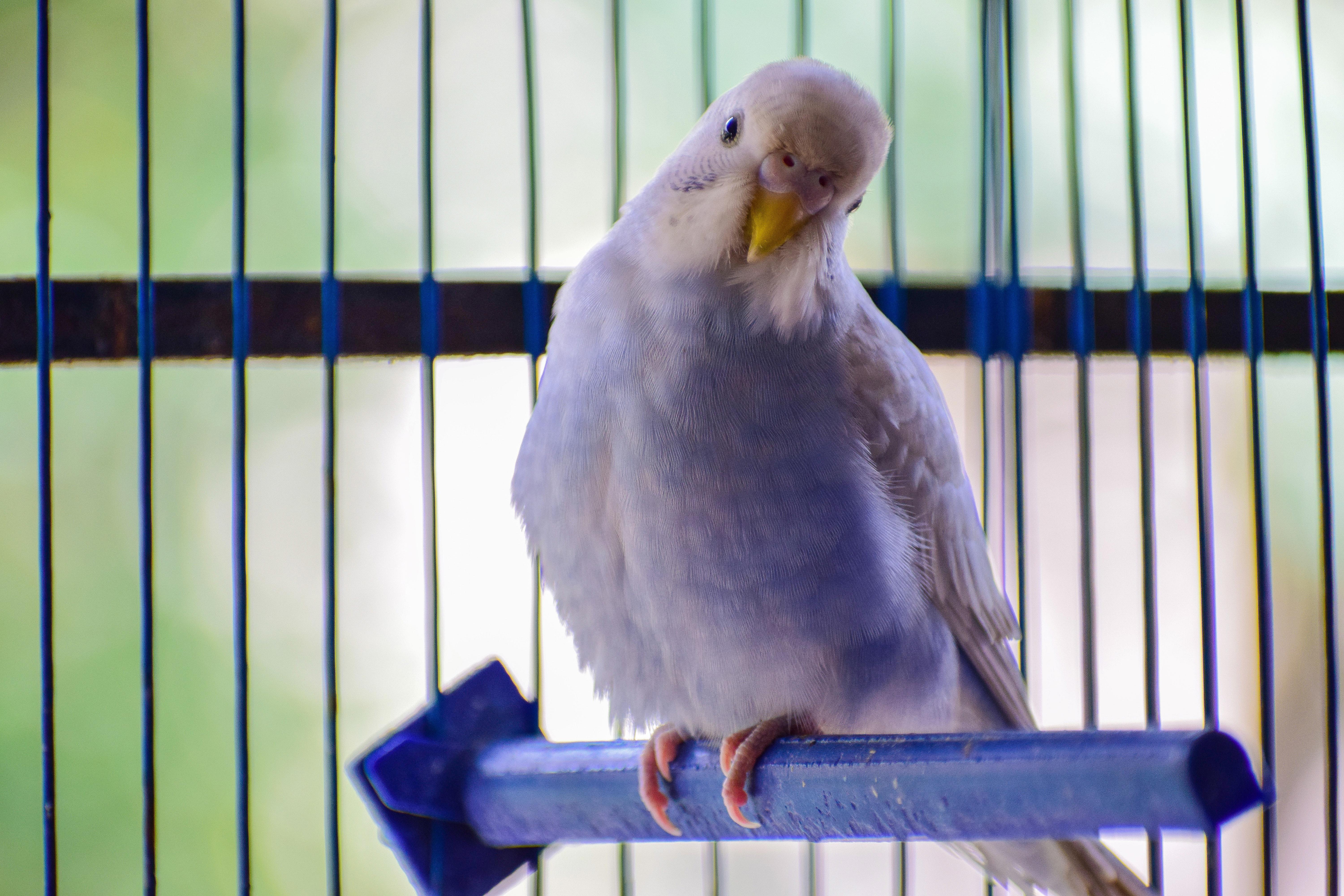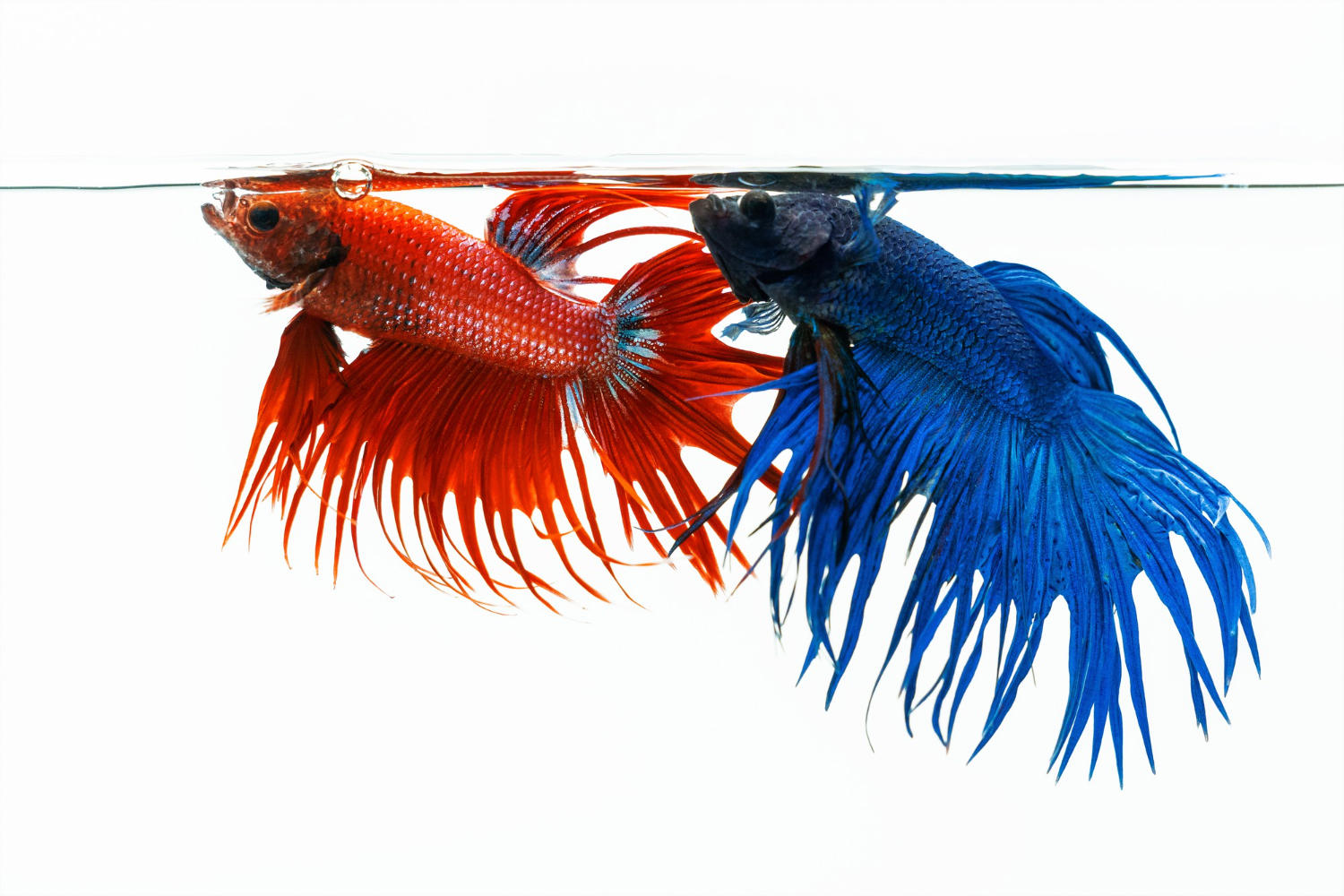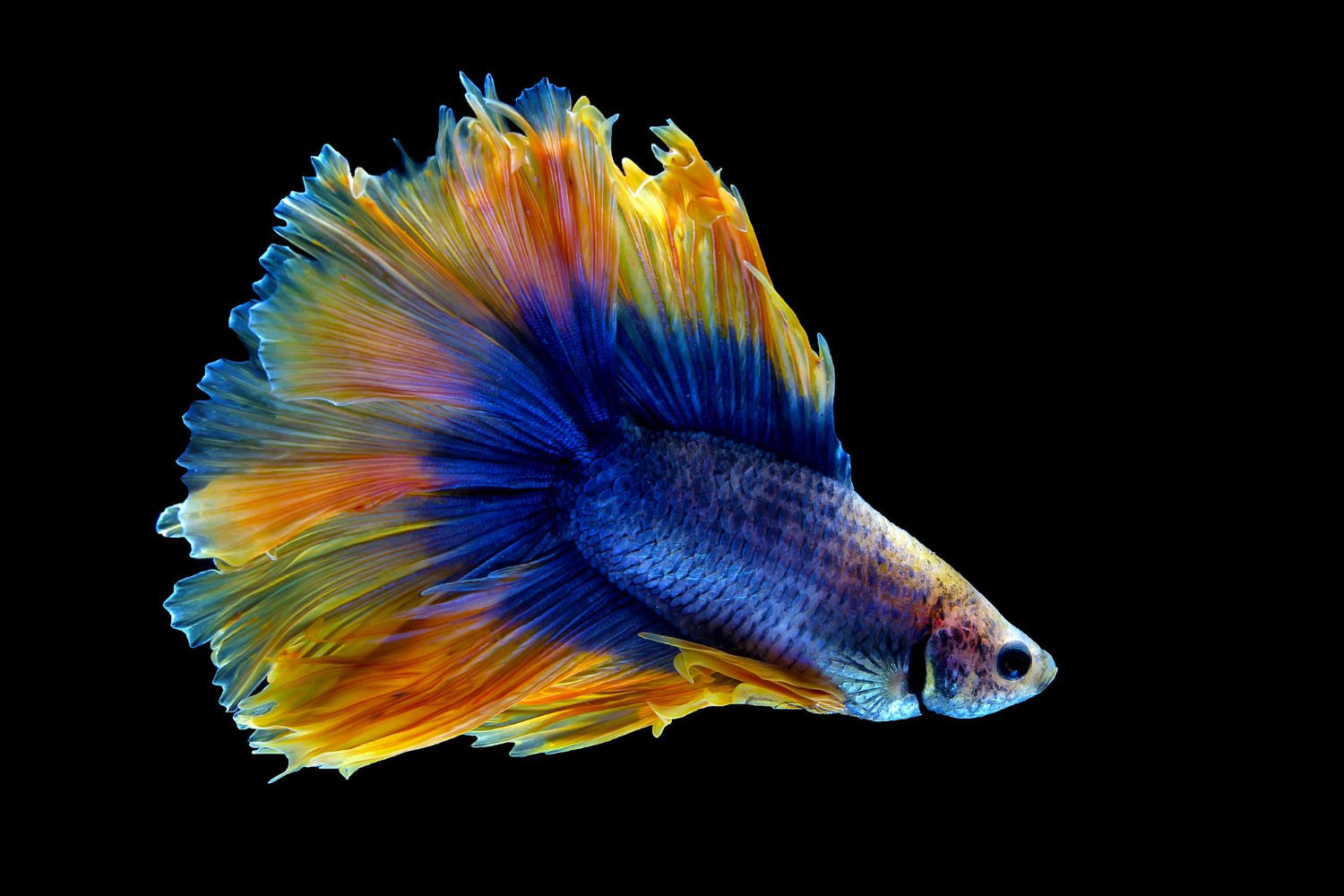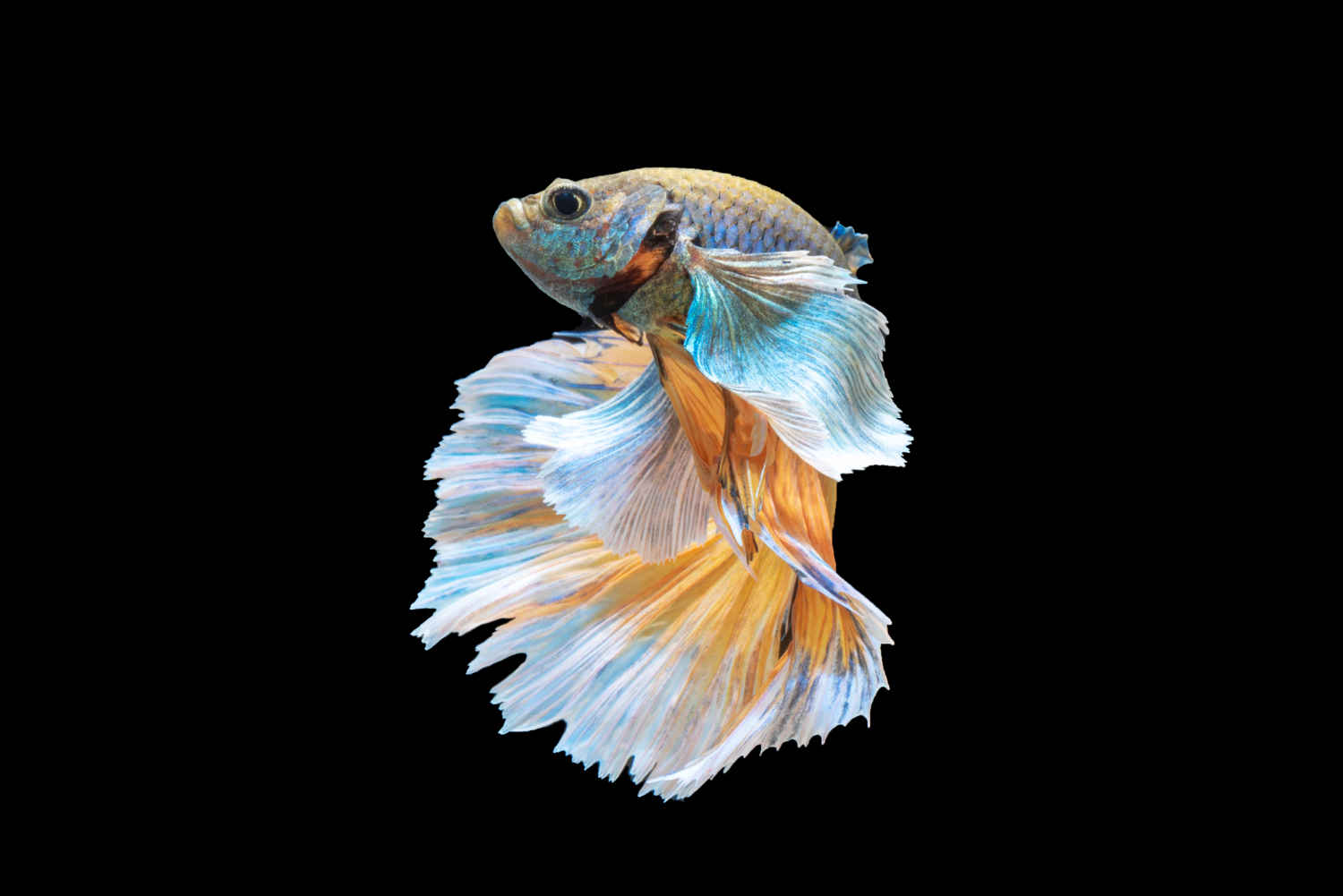.jpg)
Welcome to the wonderful world of fishkeeping! For those of you who are just getting started, setting up and maintaining a healthy freshwater tank can seem daunting, but it doesn’t have to be. In this blog post, we’ll be discussing the basics of freshwater tank maintenance for beginners. We’ll cover topics such as tank setup, water quality monitoring, fish selection, feeding, and more. By the end of this post, you’ll have a better understanding of how to keep your freshwater tank healthy and thriving. So let’s dive in!
Welcome to the wonderful world of fish keeping! Having a freshwater tank can be a rewarding and fun experience, but it’s important to remember that it takes time, patience, and dedication to keep your tank healthy and thriving. Here’s a beginner’s guide to keeping a healthy freshwater tank.
- Choose the Right Fish for Your Tank
When choosing fish for your tank, it’s important to know what type of freshwater fish are compatible with each other and what type of environment they need to survive. Some fish are more aggressive than others, and some prefer different water conditions. Before purchasing your fish, do your research to make sure they will be compatible with each other and with the environment you are able to provide.
- Set Up the Tank
Once you’ve chosen your fish, it’s time to set up the tank. Make sure to use the right size tank for the fish you’ve chosen, as well as the right filter, heater, and lighting. It’s important to set up the tank correctly to ensure your fish’s health and well-being.
- Establish a Water Change Schedule
Regular water changes are essential for keeping a healthy tank. The frequency of water changes depends on the size of the tank and the number of fish in the tank. As a general rule, it’s a good idea to do a 25% water change every two weeks. During water changes, it’s important to vacuum the tank and gravel to remove debris and uneaten food.
- Monitor Water Quality
It’s important to monitor the water quality of your tank to ensure it remains healthy. Test the water regularly to make sure the pH, ammonia, nitrite, and nitrate levels are within a safe range. If the levels are too high, it can be deadly for your fish.
- Provide Proper Nutrition
Your fish need a balanced diet to stay healthy. Offer a variety of foods, such as flakes, pellets, freeze-dried foods, and live foods. Make sure to only feed your fish what they can eat in a few minutes, as uneaten food can decompose in the tank and cause water quality issues.
- Keep the Tank Clean
It’s important to keep the tank clean to avoid diseases and parasites. Clean the aquarium glass with an algae magnet or a soft cloth. If algae is present, scrape it off the glass with an algae scraper. Also, make sure to remove any debris from the substrate and filter.
- Perform Regular Maintenance
Regular maintenance is important for a healthy tank. This includes cleaning the filter, testing water levels, and checking the tank for signs of disease or parasites.
By following these steps, you can ensure your tank is healthy and your fish are happy. With the right care, your tank can be a relaxing and enjoyable hobby for years to come.
Having a freshwater tank can be a rewarding and enjoyable experience, but it does require vigilance and dedication to keep it healthy. By researching the type of fish and plants you plan to keep and following the steps outlined in this guide, you can be sure that your tank will remain healthy and happy for years to come. By committing to regular maintenance and water changes, monitoring your water parameters, and introducing new fish or plants with caution, you can ensure that your freshwater tank is a pleasant, healthy environment for all the creatures within it.
Please follow us on Social Media


.jpg)
